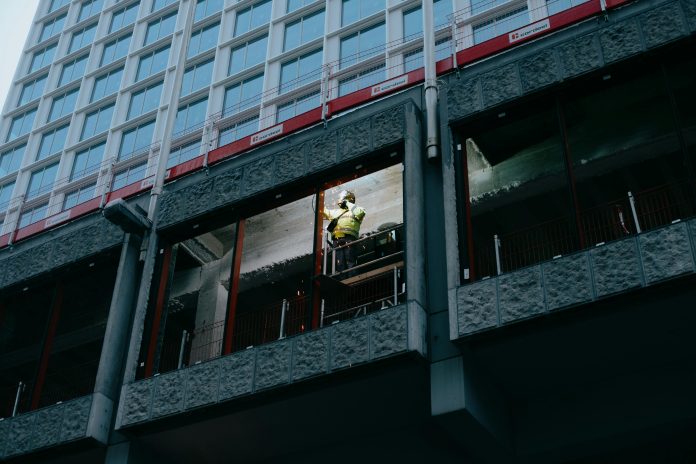Post Preview
Wildfires can be devastating, destroying homes and livelihoods in their path. With wildfires becoming more and more common throughout the world, it’s more important than ever to take steps to protect your home. But where do you start? This guide will provide you with practical tips and advice on how to safeguard your property from wildfires.
Understanding the Risks in Your Area
Before you can start protecting your home from wildfires, it’s important to understand the risks in your local area. Not all areas are equally prone to wildfires, and the risks can vary greatly depending on factors such as climate, vegetation, and topography.
One of the best places to start is by checking with your local fire department or forestry service. They can provide you with information about the history of wildfires in your area, as well as any current or potential risks. Many areas also have wildfire hazard maps that can help you identify areas that are at higher risk for wildfires.
It’s also important to pay attention to weather conditions. Hot, dry, and windy weather can increase the risk of wildfires, so stay informed about weather forecasts and any fire weather warnings in your area.
Ultimately, being aware of the risks in your area is the first step in protecting your home from wildfires. By understanding the risks, you can take proactive steps to minimize the impact of a wildfire on your property.
Preparing for Wildfire Season
Preparing your home for wildfire season should start long before the first signs of smoke. In fact, some of the most important steps you can take to protect your home should be done well in advance of any potential wildfire threat.
One of the most important preparations you can make is to create a defensible space around your home. This involves clearing away any flammable materials, such as dead vegetation or piles of leaves, from within 30 feet of your home. You should also trim any tree branches that hang over your roof or near your windows, as these can provide a path for fire to reach your home.
Forestry mulching is a process that removes underbrush, small trees, and other vegetation from around your home. This creates a defensible space that can help prevent the spread of a wildfire. However, instead of doing the work yourself, it’s better to hire a professional that does forestry mulching in Luray. Forestry mulching equipment can be dangerous to operate, and it’s important to ensure that the job is done correctly.
Another important step is to choose fire-resistant building materials. If you’re building a new home or doing renovations, consider using materials such as metal roofing, stucco, or brick, which are less likely to catch fire than wood or vinyl siding. You should also make sure that any vents or openings in your home are screened to prevent embers from entering.
Having an Evacuation Plan
Having an evacuation plan is crucial in the event of a wildfire. This plan should include a designated meeting place for your family, a route out of your neighborhood, and a plan for pets and livestock.
It’s important to have an emergency kit ready in case you need to evacuate quickly. This kit should include items such as non-perishable food, water, a first-aid kit, and a battery-powered radio.
In the event of a wildfire, it’s important to stay informed. Listen to local news and authorities for updates on the fire’s location and severity. Follow evacuation orders if they’re issued, and don’t hesitate to leave your home if you feel unsafe.
You have to be realistic about the risks of living in a wildfire-prone area. By adopting a proactive mindset and taking the right steps, you can help minimize the risk of your home being destroyed by a wildfire.




